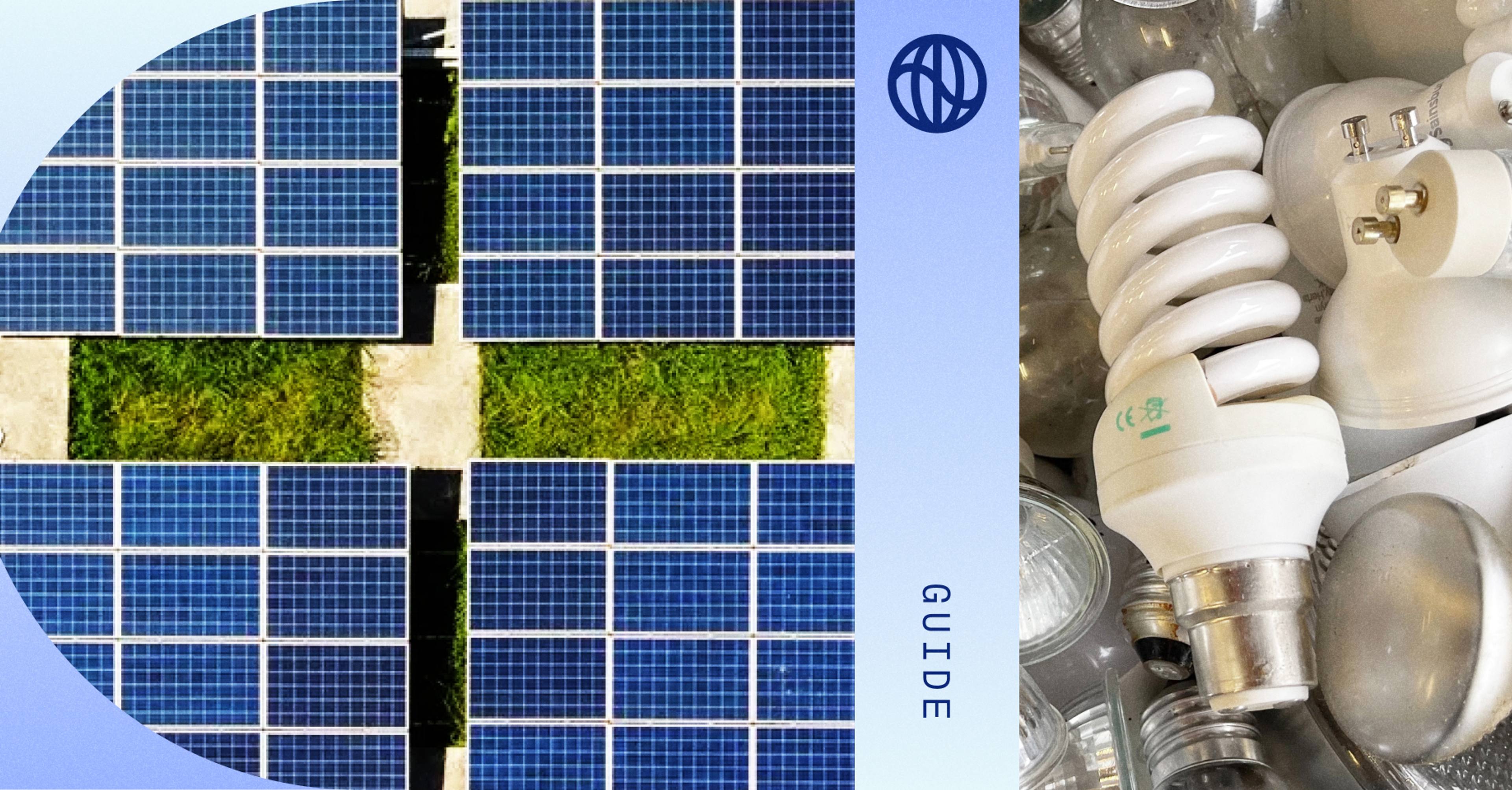It’s official: The Inflation Reduction Act (IRA) is now law, and adds ~$369B to the climate fight. The business implications of this are immense: the IRA offers new tax credits for everything from electric vehicles to heat pumps, allowing companies to supercharge decarbonization by making cleaner purchases—at attractively subsidized prices.
Companies that act now won’t just get a step ahead of where their customers, employees, and investors want them to be; they’ll be substantially de-risking their operations while improving financial performance—including cost control over volatile inputs like electricity prices. But the IRA is a complex program, and many companies are unclear how to take advantage of it.
We recently hosted a session at our Climate Week forum with Dr. Leah Stokes, professor of environmental politics at UC Santa Barbara. Dr. Stokes, who was deeply involved in crafting the IRA, joined Watershed’s Head of Climate Data, Michael Steffen, to talk through what companies need to know about its key business-facing programs. This piece covers her main takeaways for companies, and you can also watch her full session here.
The key point: private leverage of public funds
While the IRA’s projection of a 41% reduction in emissions by 2030 is less than President Biden’s 50% target, it’s much better than the 24% predicted without the bill. Crucially though, these estimates—along with the IRA’s headline figure of $369B—aren’t written in stone. As most of the IRA is made up of uncapped tax credits, companies will decide the government’s total investment—and resulting emissions reductions—through their use of these subsidies.
“The real number is going to depend on the actions of people, and corporations. When we invest public dollars into things like electric vehicles, heat pumps, clean power, and batteries, companies will start to say, ‘hey, maybe we should do that too.’ It's not just federal dollars; it's private dollars too. And that combination of corporations and everyday people acting with the federal government is really where the magic happens.”
Takeaways by category
Offices
Buildings—including offices often heated and cooled by fossil fuels—represent roughly an eighth of our emissions. Switching energy sources can drive down both costs and emissions, on top of other benefits to employee health and productivity.
“It turns out that burning gas in buildings actually violates EPA standards for indoor air quality. So cutting that out is actually going to lead to higher performance, lower rates of asthma, and better health outcomes. And it saves money, because once you electrify you have a much more stable energy cost.”
The best first step for companies that want to decarbonize their facilities: buying renewable energy certificates,
Electrification
Roughly a quarter of our current emissions come from electricity generation. But not only can we switch to cleaner energy sources, we can also electrify cars, trains, furnaces, and HVAC systems to run on that clean power.
“We need to remove machines that run on fossil fuels, replacing them with machines that run on electricity—then make that electricity clean. President Biden has said we're going to get to 80% clean by 2030. But we can accelerate that.”
The IRA offers up to a $7,500 tax credit for many new electric vehicles, or a $4,000 credit for used ones. It also includes significant subsidies for commercial fleets.
Employee programs
Just as you offer typical employee benefits around healthcare and retirement, new startups are working to help employers provide climate-related benefits like subsidies for home electrification—which is now more affordable thanks to IRA tax credits.
“Corporations aren't just their own footprint. They can help their employees make better decisions too—and to take advantage of the IRA.”
What changes would your employees make with the right support? Benefit programs can help employees tackle everything from installing solar panels and energy-efficient heat pumps to buying an electric vehicle with home charging.
Carbon capture
There’s no pathway to beating climate change that doesn’t involve large-scale corporate carbon removal. The IRA revised an older program, 45Q, to offer as much as 3x more in rewards for removing CO2 from the atmosphere—which will help drive down pricing. Though it’s crucial that investments in carbon removal are done alongside serious reductions measures:
“If we really want to remove carbon, we're talking about building out as much infrastructure as the current oil and gas industry. So this is not a silver bullet. It’s not a reason to not decarbonize. We always have to decarbonize first.”
Companies already deep on decarbonization can support the development of frontier carbon removal at all budget levels.
Batteries
One way to manage electricity consumption during more expensive periods—and to avoid the pitfalls of blackouts—is to install on-site battery capacity.
“In the past, if you had a battery attached to a solar project, you could use a 30% shrinking investment tax credit. Now it's back up to 30%. It also goes for 10 years, and you don't have to mix the batteries with solar. You could do the batteries independently and get the tax credit.”
By using batteries to reduce energy demand during peak hours, companies also help utilities avoid relying on fossil fuels just to handle temporary surges.
Tax credit markets
One historical problem with climate-based tax deductions and credits is that the companies earning them didn’t always have large tax bills of their own. The IRA solves this by allowing some credits to be refundable, and for others to be sold on the open market.
“If you owe the federal government money, you have this ability to transfer your tax liability to another company that's doing clean energy. You have this ability to play in these massive tax credit markets and make them bigger than they would be otherwise.”
By purchasing these credits—especially from new projects that are only viable because of these credits—companies can materially support the growth of clean energy innovation.
Industrial decarbonization
Roughly a quarter of our emissions come from heavy industrial processes—eg. making steel and cement. While these are inherently difficult to decarbonize, the IRA will help fund new investment hubs working on demonstration projects.
“We already have technologies for the other three quarters of the problem. There's no excuse to not get started today. We figured out how to get a man on the moon; we're going to figure out how to decarbonize those other sectors as we go along.”
A major point of decarbonization is that it’s not just about reducing emissions without your own four walls—it’s about taking suppliers with you, especially in carbon-intensive industries.
The take-home message
“It's easy to feel like, ‘I will do X and Y will occur’. But then the world happens and there are roadblocks and challenges and frustrations…
Don’t get stuck in a small view of despair and depression, thinking ‘I'm a bad person because I took a flight or didn’t recycle that one time’. Let's get bigger—let's think about changing the structure of the system. Let's work with others who are aligned with us. Because that's what’s going to fuel us with hope and optimism and allow us to really keep going for the long run. I'll probably be working on this until I'm dead. And that's a blessing. It’s a blessing to know that there's important work to be done.”
Watershed helps leading companies—like Airbnb, Walmart, and Spotify—measure, report, and act on their emissions. If we can help your company create a plan to take advantage of any of these IRA subsidies, please get in touch.












